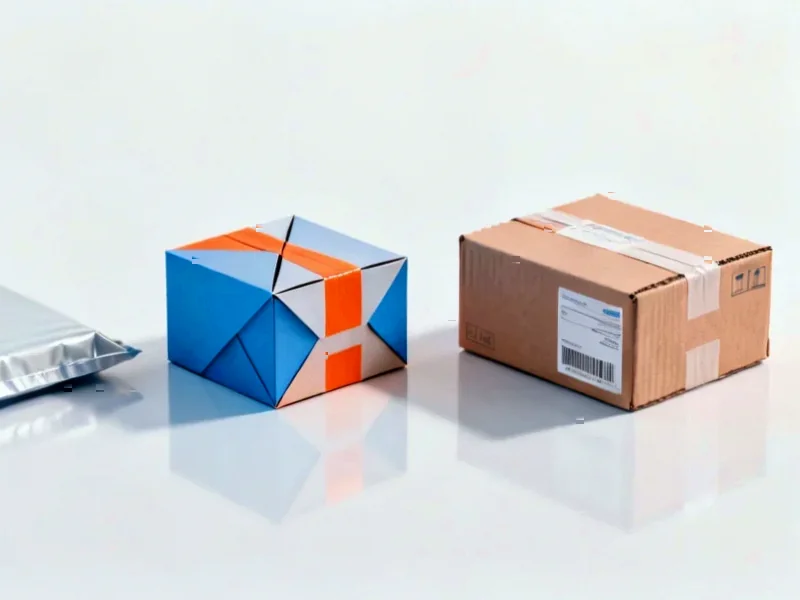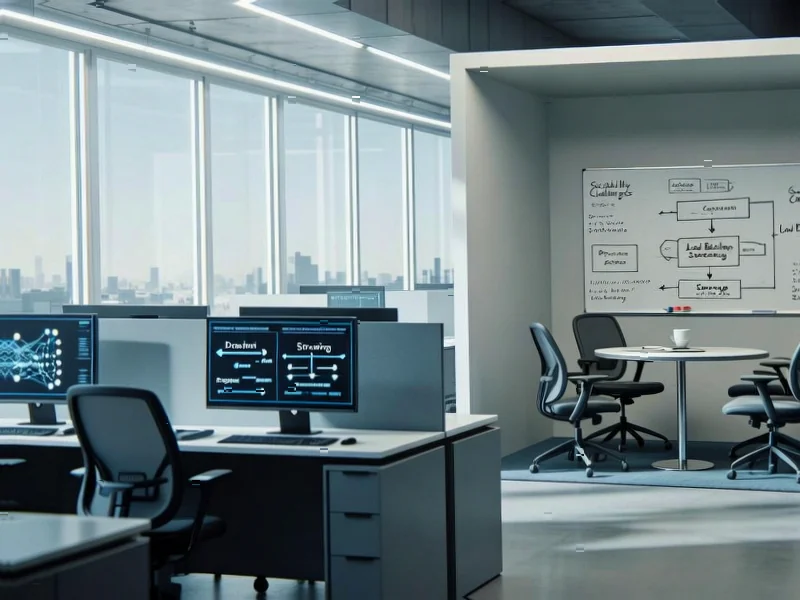According to Forbes, Asian equities started the week strong despite a firmer US dollar, with Hong Kong’s energy sector gaining +2.86% and Mainland China’s energy sector rising +2.48% following OPEC’s anticipated production cuts. Midea debuted its Mei La housekeeping humanoid robot scheduled for release in two to three years, while Xpeng moved closer to mass production of its Aridge flying car and humanoid robot beginning in 2026. Baidu reported significant autonomous driving progress with over 250,000 autonomous taxi rides last week, bringing cumulative rides to 17 million across twenty-two cities, while auto manufacturer Seres Group’s Hong Kong IPO will raise $1.8 billion with more than 300 institutions participating. These robotics and autonomous vehicle developments signal a broader technological transformation underway in Chinese markets.
The Technical Hurdles Facing Household Robots
Midea’s entry into household robotics represents a significant technical challenge that goes far beyond their traditional appliance expertise. Humanoid robots require sophisticated sensor fusion combining LiDAR, computer vision, and inertial measurement units to navigate dynamic home environments. The real bottleneck isn’t the mechanical design but the artificial intelligence systems needed for object recognition, path planning, and manipulation of household items. Unlike industrial robots that operate in controlled environments, household robots must handle unpredictable scenarios like pets, children, and constantly changing furniture arrangements. The two to three year timeline suggests Midea is either developing proprietary AI systems or partnering with established robotics AI companies to overcome these challenges.
The Infrastructure Demands of Urban Air Mobility
Xpeng’s flying car ambitions face even more complex technical and infrastructure requirements. Electric vertical takeoff and landing (eVTOL) vehicles like the Aridge require advanced battery systems with significantly higher energy density than current automotive batteries. The power management systems must handle rapid discharge during takeoff and efficient cruising, while maintaining safety margins for urban environments. Beyond the vehicle itself, urban air mobility requires sophisticated air traffic control systems capable of managing hundreds of low-altitude flights simultaneously. The 2026 production timeline suggests Xpeng is working on both the vehicle technology and the necessary regulatory framework, likely in partnership with Chinese aviation authorities.
Autonomous Vehicle Safety Breakthroughs
Baidu’s autonomous driving statistics reveal remarkable technical progress that’s often overlooked in market coverage. Their reported safety metric of one airbag deployment per 10.14 million kilometers represents a significant engineering achievement in sensor reliability and decision-making algorithms. This performance edge over Waymo’s 4.54 million kilometers suggests Chinese autonomous driving systems may be better optimized for dense urban environments. The technical architecture likely involves redundant sensor systems, including multiple camera arrays, radar, and LiDAR working in concert through sophisticated sensor fusion algorithms. Baidu’s ability to scale across twenty-two cities indicates they’ve solved the localization challenge—adapting their systems to different urban layouts, traffic patterns, and regulatory requirements.
Broader Market and Technology Implications
These developments signal China’s strategic pivot toward advanced robotics and autonomous systems as key growth sectors. The convergence of household robotics, flying cars, and autonomous vehicles represents a coordinated push into next-generation mobility and automation technologies. From a technical perspective, these sectors share common challenges in artificial intelligence, sensor technology, and power systems that could create synergies across Chinese tech companies. The involvement of established manufacturers like Midea alongside automotive companies like Xpeng suggests a cross-industry approach that could accelerate development timelines. As these technologies mature, they’re likely to create new supply chains and technical standards that could position Chinese companies as global leaders in emerging automation markets.




